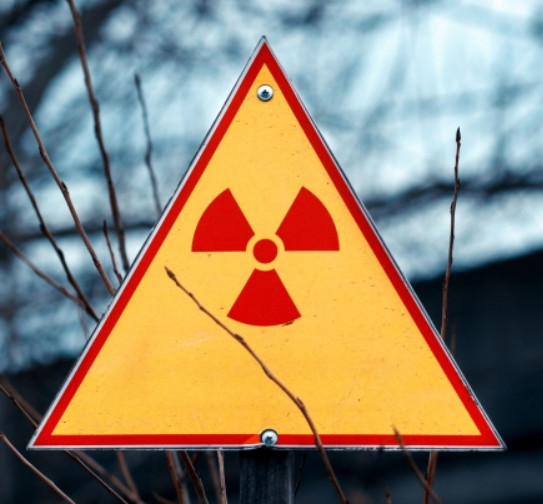Nuclear plan lands
 The Coalition’s nuclear energy plan promises billions in savings - but skips the fine print.
The Coalition’s nuclear energy plan promises billions in savings - but skips the fine print.
The Coalition has unveiled the cost analysis for its nuclear energy strategy, which involves constructing seven nuclear reactors.
The modelling, prepared by Frontier Economics, claims the approach could save $263 billion compared to Labor’s renewables-only plan.
However, the announcement has sparked significant debate, with experts pointing to critical gaps in the report and potential risks associated with the plan.
Frontier Economics claims that integrating nuclear energy into Australia’s energy mix could be up to 44 per cent cheaper under certain scenarios.
However, critics argue that these findings rest on questionable assumptions.
Professor Ken Baldwin from the Australian National University noted the report’s reliance on mismatched scenarios, calling it a comparison of “apples with oranges”.
He questioned the credibility of claims that nuclear energy could be more cost-effective than renewables paired with storage and transmission, which CSIRO’s GenCost report identifies as the least expensive option for low-emissions power in Australia.
Frontier Economics also faced scrutiny for omitting key financial metrics such as the levelised cost of energy and capacity factors, which are standard tools for assessing the viability of energy projects.
The lack of transparency in these calculations has made it challenging for independent analysts to validate the Coalition’s claims.
Critics have highlighted the extended timelines and risks associated with nuclear energy deployment.
Associate Professor Liam Wagner from Curtin University has described the plan as a “fundamental misunderstanding” of Australia’s energy needs.
He warned that delays in implementing nuclear projects could defer emissions reduction by decades, potentially undermining Australia’s climate commitments and exposing the economy to penalties like the European Union’s Carbon Border Adjustment Mechanism.
Economic risks extend to households.
A study by the Institute for Energy Economics and Financial Analysis predicts that nuclear energy could raise annual electricity bills by an average of $665, with some households seeing increases of nearly $1,000.
The Coalition’s plan assumes the re-use of existing coal plant infrastructure to reduce transmission costs.
However, experts argue that this overlooks future surges in electricity demand, which would require substantial upgrades to Australia’s transmission network.
Dr Asma Aziz from Edith Cowan University emphasised that nuclear plants designed for baseload operations would struggle with the flexible output required by a grid increasingly powered by renewables, raising concerns about congestion and revenue losses.
Community opposition to nuclear projects also remains a significant hurdle.
Experts stress that the Coalition has yet to outline strategies for securing social licence, particularly from First Nations communities.
They note that without genuine consultation, the plans could falter, resulting in costly project cancellations.
The Coalition projects that its plan could have nuclear power operational by the mid-2030s, a timeline many consider unrealistic.
CSIRO estimates place the earliest possible start in the 2040s. Meanwhile, Labor’s renewable energy approach aims for 82 per cent renewable generation by 2030.
It has also been noted that delaying the retirement of coal plants to accommodate nuclear integration undermines the urgency of emissions reductions.







 Print
Print



